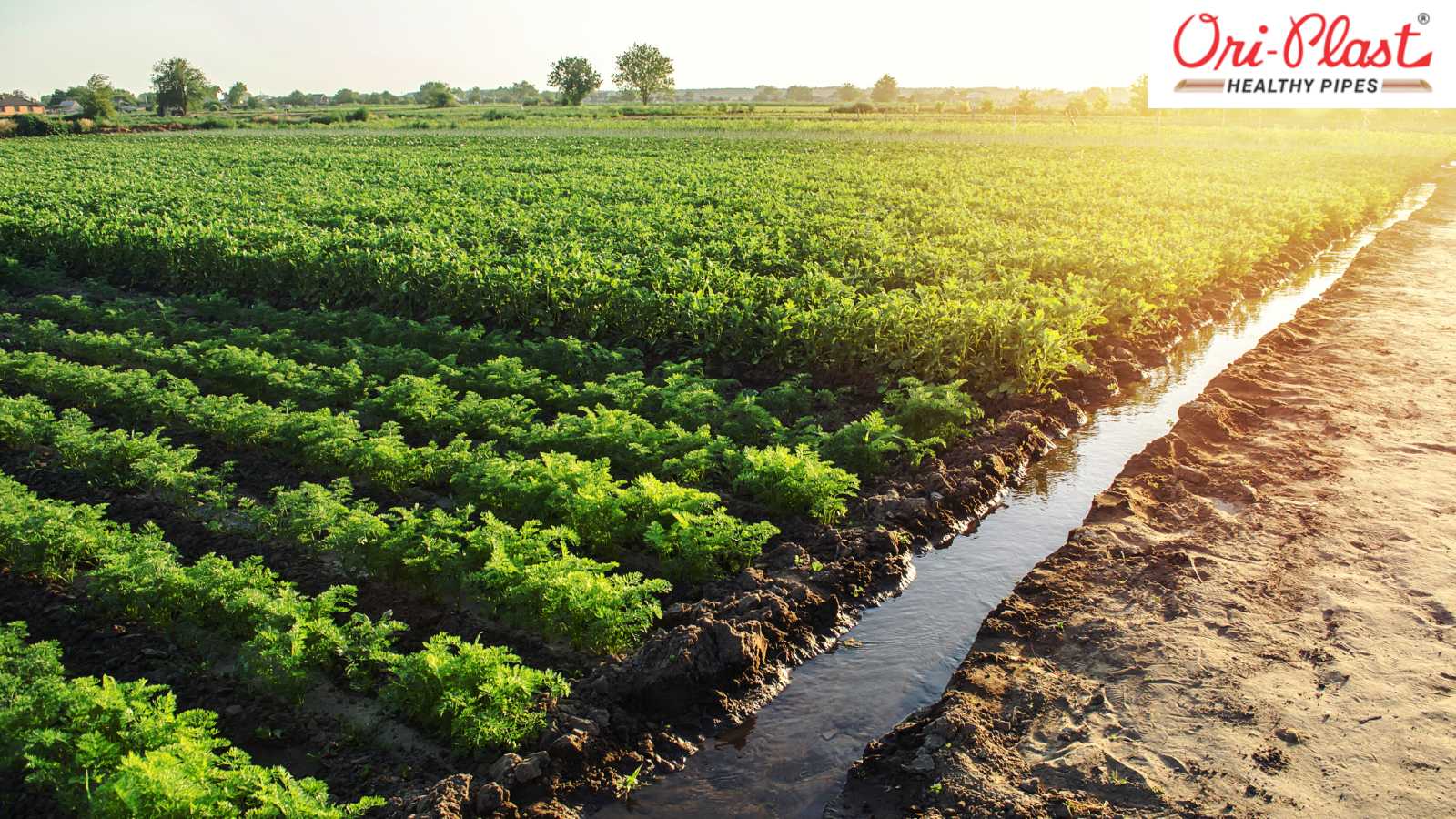Waterlogging poses a significant threat to agricultural productivity, impacting crop growth, soil health, and overall farm profitability. For farmers and individuals connected with agriculture, understanding how to prevent waterlogging is essential to ensure sustainable and successful farming practices.
Preventing Waterlogging in Agriculture
Key takeaways:
Understanding Waterlogging
Impact of Waterlogging on Agriculture
Preventing Waterlogging in Agriculture
In this comprehensive guide, we will delve into the causes of waterlogging, its effects on crops and soil, and most importantly, effective strategies to prevent waterlogging on farms. Leveraging industry data and insights, we will equip farmers with the knowledge and tools they need to tackle this pressing issue and optimize their agricultural endeavors.
Understanding Waterlogging
Waterlogging occurs when excessive water accumulates in the soil, leaving no room for air, depriving the plant roots of oxygen, and negatively impacting crop growth. This phenomenon can be caused by various factors, including:
- Heavy Rainfall: Intense and prolonged rainfall can lead to excessive water accumulation in the soil, increasing the risk of waterlogging.
- Poor Drainage: Inadequate or blocked drainage systems prevent water from flowing away, exacerbating waterlogging problems.
- High Water Table: Farms situated in areas with a naturally high water table are more susceptible to waterlogging during wet seasons.
Impact of Waterlogging on Agriculture
Waterlogging has far-reaching consequences on agricultural productivity:
- Reduced Crop Growth: Stagnant water hinders root respiration, leading to reduced nutrient uptake and stunted plant growth.
- Soil Degradation: Prolonged waterlogging damages soil structure, reduces fertility, and increases soil salinity, making it less conducive to cultivation.
- Increased Disease Susceptibility: Waterlogged fields create a breeding ground for pathogens, increasing the risk of plant diseases.
Preventing Waterlogging in Agriculture
Now, let's explore effective strategies to prevent waterlogging on farms:
Site Selection and Land Preparation:
- Choose well-drained areas for cultivation and avoid low-lying fields prone to water accumulation.
- Implement land leveling techniques to create slopes that facilitate water runoff.
Improved Drainage Systems:
- Install efficient drainage channels and subsurface drains to remove excess water from the fields. checkout some best drainage PVC pipes here.
- Regularly inspect and clear blockages to ensure proper water flow.
Crop Selection and Rotation:
- Opt for crops with higher water tolerance in water-prone areas.
- Practice crop rotation to improve soil structure and reduce waterlogging risks.
Raised Bed Farming:
- Adopt raised bed farming techniques to elevate the plant roots above the waterlogged zones.
- This method improves soil aeration and reduces the negative impacts of waterlogging.
Cover Crops:
- Introduce cover crops like legumes and grasses during fallow periods to enhance soil structure and water absorption capacity.
Conservation Tillage:
- Minimize soil disturbance through conservation tillage practices to preserve soil structure and improve water infiltration.
Irrigation Management:
- Implement precise irrigation methods like drip or sprinkler irrigation to ensure controlled water application.
- Avoid over-irrigation, which may contribute to waterlogging.
Conclusion:
Preventing waterlogging is a critical aspect of sustainable agriculture. By understanding the causes and consequences of waterlogging and implementing effective prevention strategies, farmers can safeguard their crops, improve soil health, and enhance overall farm productivity. Remember, proactive planning and the right practices can make a substantial difference in combating waterlogging-related challenges in agriculture. By embracing these techniques and staying updated on industry insights, farmers can navigate through waterlogging hurdles and cultivate successful, resilient, and thriving farms.




